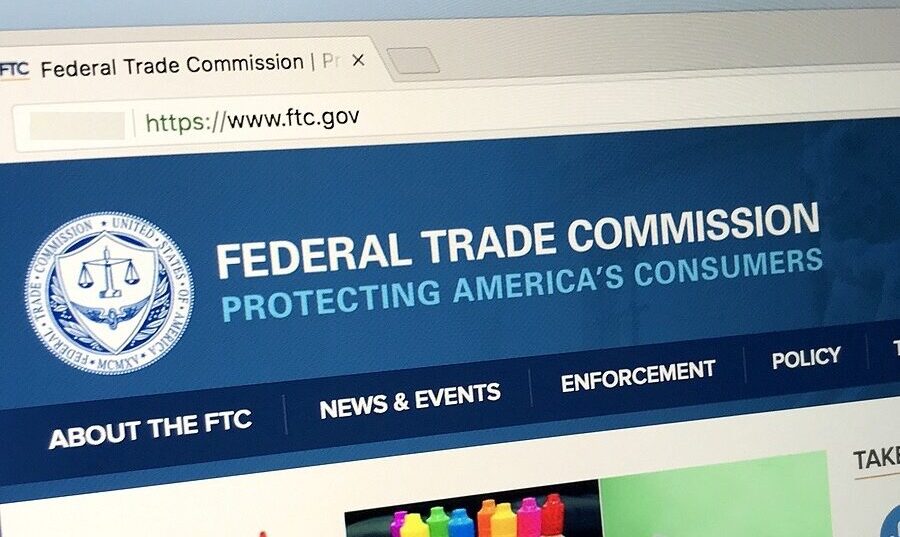
Five Key Growth Levers for High-Complexity Subscriptions
Lorem ipsum dolor sit amet, consectetur adipiscing elit. Ut elit tellus, luctus nec ullamcorper mattis, pulvinar dapibus leo.
How do you rapidly grow ARR subscription revenue? For high-volume and complex subscription companies, it’s critical to identify growth levers that will build your business. From there, you need to get your plan operational so that it can grow your company as the economy becomes increasingly uncertain (and capital becomes more precious). Learn how to operationalize your strategy to get from $0 to $1B in ARR/Subscription revenue. MGI Research’s Managing Director, Igor Stenmark ...
HELLO!
This premium article is exclusively reserved for Subscription Insider PRO members.
Want access to premium member-only content like this article? Plus, conference discounts and other benefits? We deliver the information you need, for improved decision-making, skills, and subscription business profitability. Check out these membership options!
Learn more about Subscription Insider PRO memberships!
Already a Subscription Insider PRO Member?
Please Log-In Here!








